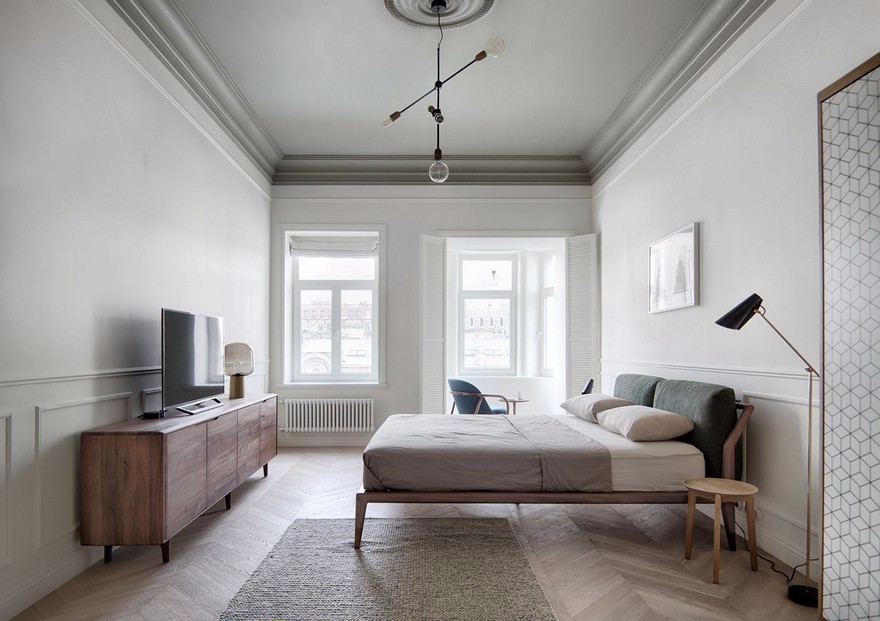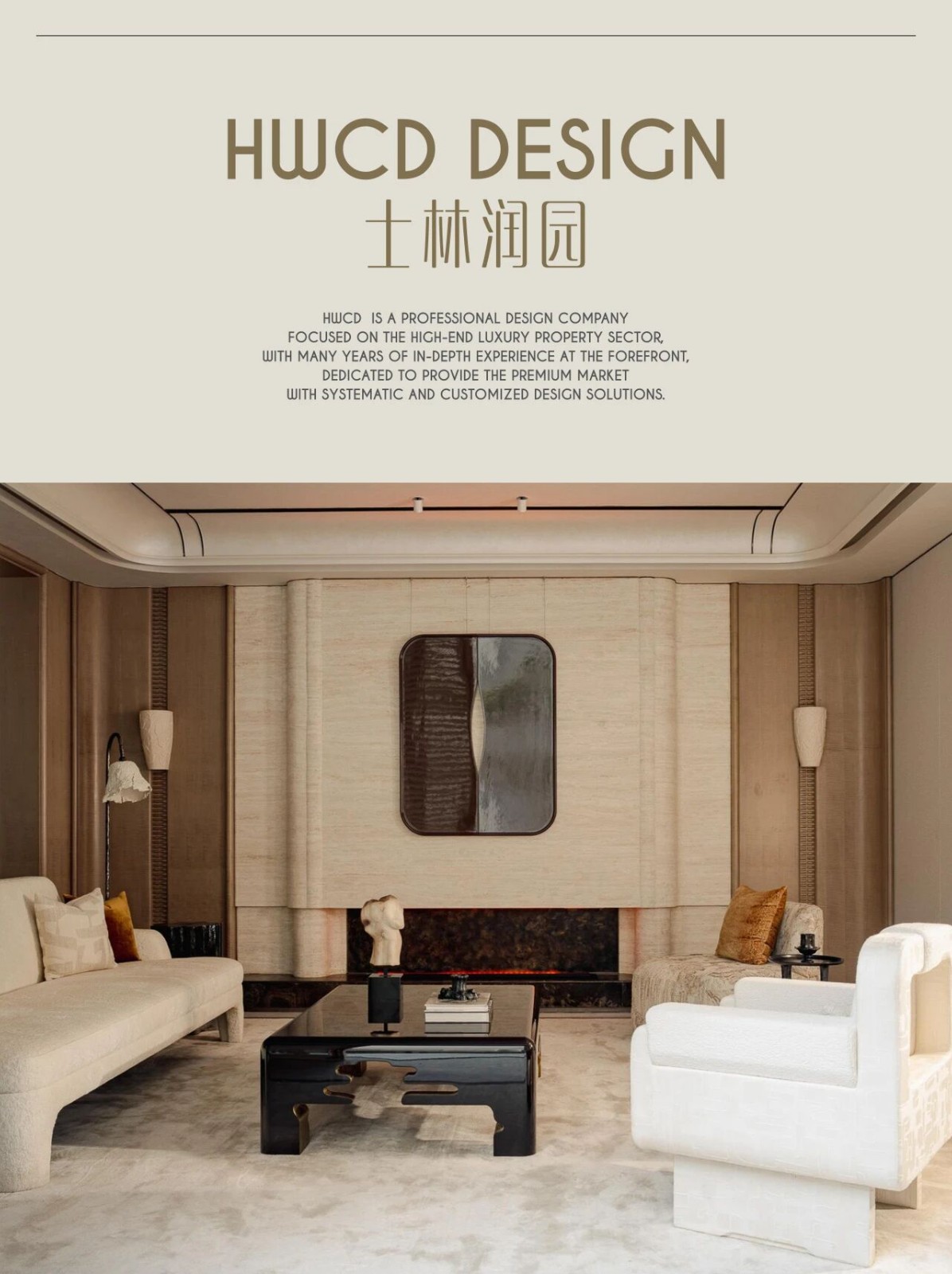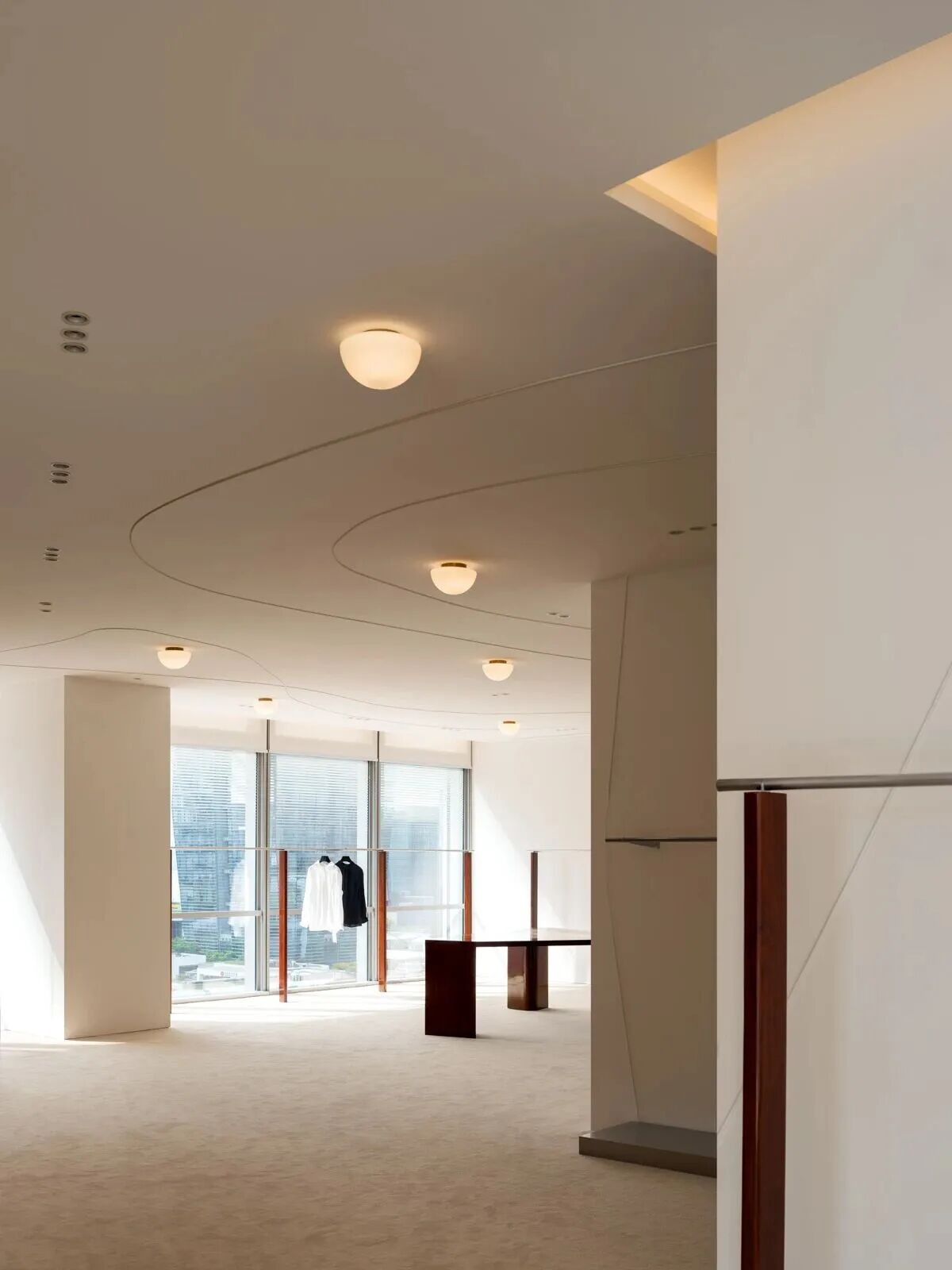Chris Stribley丨建筑设计师的家_20250818 首
2025-08-20 20:45
Cera Stribley 是一家总部位于墨尔本的建筑与室内设计事务所,由 Domenic Cerantonio 与 Chris Stribley 创立,专注于住宅与商业项目。事务所以高度契合场地语境的设计回应著称,关注澳大利亚建筑与自然及人文环境的关系,强调场所感。其团队充满活力与创意,致力于在满足客户需求的前提下,呈现兼具独特性与持久价值的作品。
Chris Stribleys residence
墨尔本建筑师克里斯·斯特里布利(Chris Stribley)的住宅呈现出一种兼具现代主义理想与在地性思考的空间实验。他与其事务所 Cera Stribley 长期专注于住宅与旧建筑再利用项目,强调材料性、形态与场地敏感度的平衡。在其自宅 Harvest House 中,他既是设计者也是居住者,因此空间的组织与细节选择显得尤为贴近个人生活需求。
The residence of Melbourne-based architect Chris Stribley presents a spatial experiment that combines modernist ideals with local considerations. He and his firm Cera Stribley have long focused on residential and old building reuse projects, emphasizing the balance of materiality, form and site sensitivity. In his own residence, Harvest House, he is both the designer and the resident. Therefore, the organization of the space and the choice of details are particularly close to personal life needs.
住宅的格局围绕“独立性”与“共享性”展开:主卧及套间位于新扩建部分的独立“舱体”中,而儿童卧室则安置在原有维多利亚工人小屋的主体之内,并配备独立浴室。这种布局为斯特里布利(Stribley)与伴侣塔什(Tash)在带着两个年幼孩子的家庭日常中,保留了一定的私人空间。他特别强调花园的价值,因此并未追求过大的体量,而是将住宅尽量贴近场地东侧边界,使生活空间自然环绕北向与西向庭院。由此,厨房与起居空间与花园的连续性被强化,烹饪与社交在这一开放场域中实现无缝衔接。
The layout of the residence centers around "independence" and "sharing" : the master bedroom and suite are located in the independent "cabin" of the newly expanded section, while the childrens bedroom is placed within the main body of the original Victorian workers cottage and is equipped with an independent bathroom. This layout reserves a certain amount of private space for Stribley and her partner Tash in their daily family life with two young children. He particularly emphasized the value of the garden, and thus did not pursue an overly large volume. Instead, he placed the residence as close as possible to the eastern boundary of the site, allowing the living space to naturally surround the north and west courtyards. As a result, the continuity between the kitchen and the living space and the garden is strengthened, and cooking and socializing are seamlessly integrated in this open space.
在材料语言上,新旧空间形成对照。扩建部分采用粗糙的灰泥抹面、户外地砖与未经修饰的质感,将通常用于室外的材质引入室内,模糊了界限并强化了与自然的联系。相对而言,保留的历史部分更具传统感,白色石膏墙面与酒红、陶土色的木作与地面,共同营造温润氛围。值得注意的是,他有意选择会随时间磨损的表面,如不锈钢厨房台面与木质岛台,以此让日常痕迹成为空间个性的一部分。
In terms of material language, the old and new Spaces form a contrast. The expansion section features a rough stucco finish, outdoor floor tiles and an unadorned texture, bringing materials typically used outdoors into the interior, blurring boundaries and strengthening the connection with nature. In comparison, the historical parts that have been preserved are more traditional. The white gypsum walls, along with the wine-red and terracotta woodwork and floors, jointly create a warm and cozy atmosphere. It is worth noting that he deliberately chose surfaces that wear out over time, such as stainless steel kitchen countertops and wooden island counters, in order to make the traces of daily life part of the spaces personality.
在诸多隐秘的细节中,斯特里布利(Stribley)尤为欣赏滑动暗门、可完全收纳的纱窗与隐藏式音响等设计。这些不显眼的构造与精心制造的厨房岛台,构成了住宅的独特魅力。对他而言,这座住宅不仅是设计实验场,更是伴随家庭结构转变而不断适应的生活容器。
Among the many hidden details, Stribley particularly appreciates designs such as sliding hidden doors, fully retractable screens and concealed speakers. These unobtrusive structures, along with the elaborately crafted kitchen island counter, constitute the unique charm of the residence. For him, this residence is not only a design experimental field but also a living container that constantly ADAPTS along with the transformation of the family structure.
撰文 WRITER :L·xue 校改 CORRECTION :
设计-版权DESIGN COPYRIGHT : Cera Stribley
 举报
举报
别默默的看了,快登录帮我评论一下吧!:)
注册
登录
更多评论
相关文章
-

描边风设计中,最容易犯的8种问题分析
2018年走过了四分之一,LOGO设计趋势也清晰了LOGO设计
-

描边风设计中,最容易犯的8种问题分析
2018年走过了四分之一,LOGO设计趋势也清晰了LOGO设计
-

描边风设计中,最容易犯的8种问题分析
2018年走过了四分之一,LOGO设计趋势也清晰了LOGO设计




























































